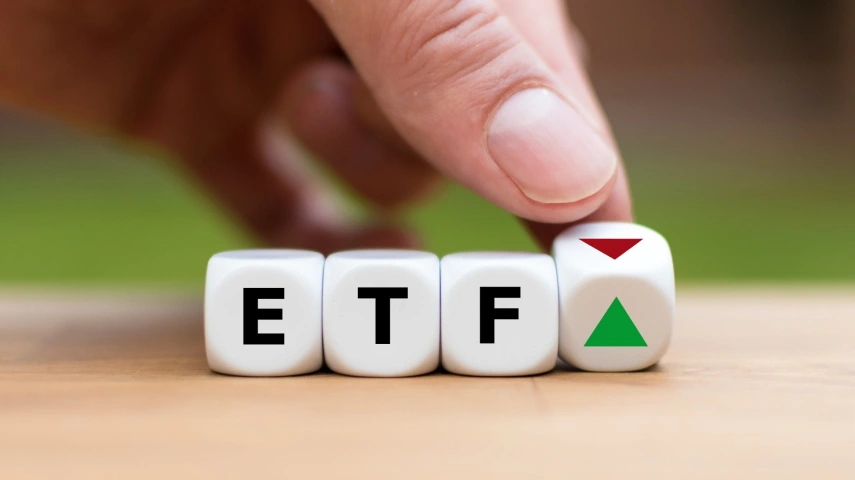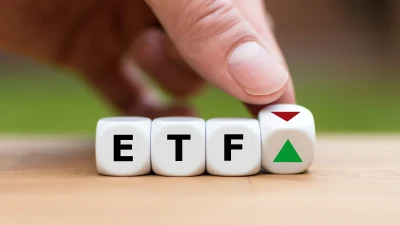Five themes in future ETF development



Five industry commentators have shared their insights on the future of ETFs, with the products forecast to grow by 30 per cent in Australia.
In a report from State Street titled The outlook for ETFs in 2024, the firm spoke with commentators on how they believe the ETF landscape will change in the future.
It signalled that the global ETF sector could grow by 20 per cent to 25 per cent in compound annual growth during 2024, rising to growth of 30 per cent in Australia.
Active ETFs
Australian flows into active ETFs were US$6.3 billion during 2023, up from US$1.4 billion in 2022, and State Street flagged it expects to see “outsized growth” from them again in 2024. The attraction of launching an active ETF in Australia is for asset managers to broaden their investor reach with more investors, such as those in self-managed super funds (SMSFs) able to easily access the funds in an ETF format.
It was particularly identified as a crucial theme to persist in the Australian market, with the entry of 10 new issuers leveraging the dual registry/share class model.
“That’s one we are hyper-focused on as we talk to advisers, particularly in institutions, as well. We are hearing and seeing more of these types of engagement and conversations around that topic and the differentiation there from a trading perspective, a daily implementation perspective, is really shown to have added value on the mutual fund side. I think that will be a big wave going forward,” said Dave Butler, co-CEO of Dimensional Fund Advisors.
Alternatives
Tying into the uptake and popularity of active ETFs in Australia, this structure is likely to suit launches in the alternatives space. Yie-Hsin Hung, president and chief executive at State Street Global Advisors, expects the trend of democratisation in the alternative ETFs space to play out in 2024 and beyond.
She said: “Alternative investments are the next likely segment to join the fray. Investor comfort in using active ETFs has increased over the last few years which makes alternative ETF product development and adoption more likely.”
Cryptocurrency
Lynn Martin, president of the NYSE Group, also highlighted the development of crypto asset ETFs following approval by the US Securities and Exchange Commission in January. Some 11 spot bitcoin ETFs have now been deemed effective for listing and trading on Cboe, the New York Stock Exchange and Nasdaq, including BlackRock’s iShares Bitcoin Trust, Fidelity Wise Origin Bitcoin Trust and the VanEck Bitcoin Trust, alongside nine other issuers.
“An ETF can really be a great form of price discovery and you’re starting to see that with crypto. Is that a way to add some transparency to a really illiquid, non-transparent, still-to-be-defined regulatory framework for that asset class?”
Increase in size
There are currently $189 billion in assets under management in ETFs in Australia, rising to US$11.7 trillion globally, but Mark Wiedman, head of global client business at BlackRock, forecasts the industry could see a US$1 trillion fund in the future. Currently, the largest ETF is SPDR S&P 500 ETF, which is US$522 billion.
“There’s probably going to be a trillion-dollar ETF within our professional careers. We are going to see ETFs today that are at the US$10 billion level reach US$50 billion or US$100 billion because what’s happening – and this is the magic of ETFs – is that as the ETF gets larger and larger, its operating costs drop.
“Years ago, we thought US$10 trillion would eventually happen and we’re there. US$20–30 trillion are very much in sight over the long horizon as we can progressively grow.”
More focus on fixed income
The demand and availability of fixed income ETFs has lagged behind that of equity ones. Compared to the largest equity ETF, the largest FUM on a fixed income ETF is US$106 billion in the Vanguard Total Bond Market ETF.
Globally, flows into fixed income ETFs made up 34 per cent of total flows and were up 125 per cent on 2022, likely fuelled by the rise in interest rates.
“The penetration of fixed income into the ETF structure has lagged way behind equities, it’s probably a decade behind. Equity penetration to ETFs is 50 per cent more than that of fixed income, so we expect that in the next decade for fixed income to close that gap and make it into ETF form and into client portfolios,” said Tim Buckley, chairman of Vanguard.
Recommended for you
BlackRock has revealed that its iShares bitcoin ETF suite has now become the firm’s most profitable product line following the launch of its Australian bitcoin ETF last month.
Betashares has expanded its fixed income range with the launch of its Australian credit income ETF, offering income-focused investors an alternative to direct hybrids.
Fidelity International has rebranded its Global Demographics fund following an internal review to align the fund with a low-cost, research investment approach as well as reduced its management fee.
Royal London Asset Management has launched four global funds in Australia with Equity Trustees as its responsible entity as the fund manager builds “solid foundations” here.











